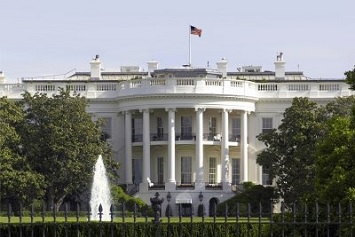President Trump has followed up on his January 31, 2017, Executive Order (EO) regarding offsetting the number and cost of new regulations with a second EO that implements and enforces the first EO, as well as regulatory-reform EOs issued by previous administrations.
 |
Mainly, Enforcing the Regulatory Reform Agenda directs the heads of executive branch agencies with certain types of problematic regulations to appoint a regulatory reform officer (RRO) and form a Regulatory Reform Task Force (RRTF) that will make recommendations to the agency head regarding the repeal, replacement, or modification of those regulations “consistent with the applicable law.”
Building on Other Reforms
The president’s January 31 EO, Reducing Regulation and Controlling Regulatory Costs (EO 13771), directed agencies to undertake two unprecedented reforms. First, for each significant regulation it proposes in 2017, each agency must identify two regulations to be repealed. Also, the EO states that the total cost of all regulations issued this year may not be greater than zero unless otherwise required by law, and the cost of any new regulation must be offset by the elimination of existing costs associated with at least two prior regulations. Several days later, the White House Office of Management and Budget (OMB) issued interim implementation guidance for EO 13771 for the EO.
The latest EO requires that the RRO and RRTF also implement Regulatory Planning and Review (EO 12866), which President Clinton issued in 1993, and Section 6 of Improving Regulation and Regulatory Review (EO 13563), which President Obama issued in 2011. Section 6 instructs agencies to “consider how best to promote retrospective analysis of rules that may be outmoded, ineffective, insufficient, or excessively burdensome, and to modify, streamline, expand, or repeal them in accordance with what has been learned.”
In addition, RROs and RRTFs must follow a policy of terminating, “consistent with applicable law, programs and activities that derive from or implement executive orders, guidance documents, policy memoranda, rule interpretations, and similar documents, or relevant portions thereof, that have been rescinded.”
Selecting Regulations
In terms of the types of regulations subject to modification, withdrawal, or replacement, the EO requires that agencies select those regulations that, at a minimum:
- Eliminate jobs, or inhibit job creation.
- Are outdated, unnecessary, or ineffective.
- Impose costs that exceed benefits.
- Create a serious inconsistency or otherwise interfere with regulatory reform initiatives and policies.
- Are inconsistent with the requirements of Section 515 of the Treasury and General Government Appropriations Act, 2001 or the guidance issued pursuant to that section, in particular those regulations that rely in whole or in part on data, information, or methods that are not publicly available or that are insufficiently transparent to meet the standard for reproducibility.
- Derive from or implement EOs or other presidential directives that have been subsequently rescinded or substantially modified.
Waivers
The EO also provides agencies with instructions on acquiring input on regulations from local governments, small businesses, consumers, nongovernmental organizations, and trade associations; prioritizing regulations for offset; developing schedules that identify regulations for repeal, replacement, or modification; developing performance plans and indicators to measure progress; writing reports; and requesting from the OMB a waiver from the EO for agencies that issue very few or no regulations.
President Trump’s Executive Orders are here.
